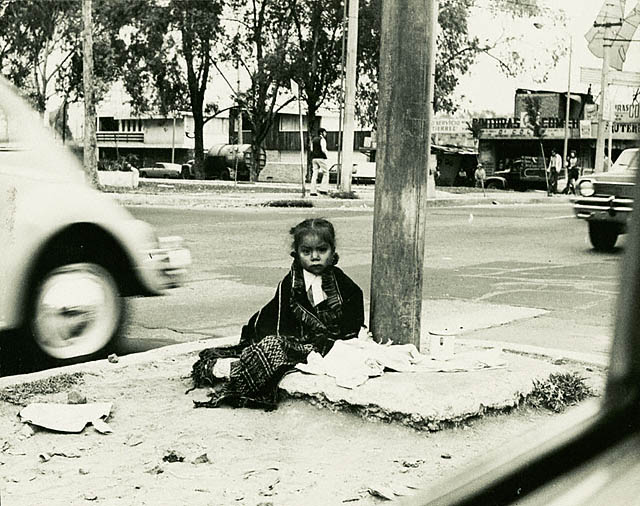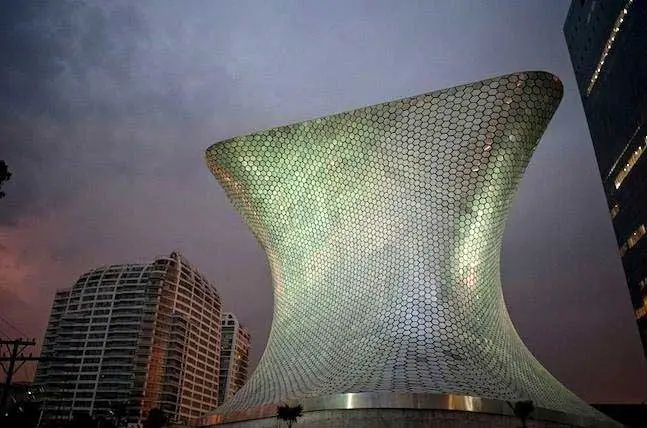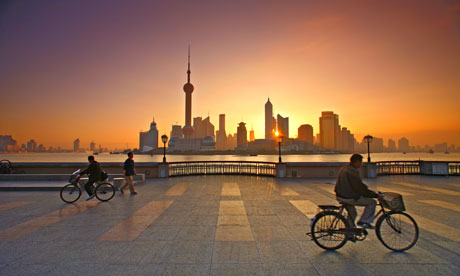This blog is intended to provide a world-wide scope of contemporary political art. Since this is such a broad topic, each blog entry will synthesize events and art of a specific region or country. Clearly most of us cannot keep up to date with world politics and all current events, therefore I will briefly explain the circumstances the people in these areas are facing, what is at stake, and how the art community has decided to communicate its stand on such issues.
Noting that we are relatively familiar with what is going on at home, this blog will commence by looking at the United States of America. Today we face a number of issues from the Occupy Movement to Internet censorship by the government to the Iraq War. American artists illustrate their messages in an open and direct manner, thanks to our Constitutional Rights. Our political art is at times highly critical of the government, such as we saw in this years' Venice Biennale. (
Contemporary Artists in Context: Allora and Calzadilla at US pavilion) So what types of roots does political art have in America? Is it notorious? How does it influence contemporary artists?
Historically, political art in the US has been an important part of expressing concern or disapproval in a democratic manner. A very important period of American political art surged during the Vietnam War. Artists felt the need to express their dissatisfaction with the war due to various reasons and outcomes. Nonetheless, in 1966 there was a group of artists in L.A. who decided to build a towering structure and place art relating to the war on this tower. The artists involved in displaying work ranged from local artists to A-listers, such as: Roy Lichtenstein Robert Motherwell, Frank Stella, Claes Oldenburg, and Elaine de Kooning. The tower referred to as "The Artists' Peace Tower" or "The Tower of Protest" was extremely controversial during its time as it experienced violent clashes almost daily.
Recently the Pacific Standard Time Festival has decided to remake the original tower and include political art referring to today's concerns. This effort not only is a reflection on the historic moment in L.A. and the impact the Vietnam War had on Americans, but it pushes viewers to continuously think about activism and its endless battle against its oppressors.
 |
| Original 1966 "Artists' Peace Tower" |
 |
| Current tower erected by the Pacific Standard Time Festival. |
Click here to read more about this.
Activism is found everywhere and just because we hardly hear about remote places, does not mean the people there are quiet. Somewhere almost foreign to us is Alaska. Recently an Alaskan artist, Teri Rofkar was placed under the spotlight when she was the first Alaskan to receive a grant supporting her innovative and ambitious projects. Rofkar's work deals with the lack of Native American presence in the connotation of what defines America as a country today. Native Americans have been fighting for their rights and in the 1971 they gained the rights to their ancestry lands with the ANCSA bill signed into law. Regardless, they still are over-looked as people and as an essential part of our society.
Her art incorporates this message within traditional Tlingit crafts, such as Chilkat weaving. Rofkar has stated that she finds inspiration behind propaganda art, specifically a black and white poster of four Native Americans with rifles that reads: "Homeland Security: Fighting Terrorism since 1492."She is known for recreating the traditional art with a modern twist of materials and meanings. Her current series is called "Tlingit Superman", which deals with combining traditional weaving techniques with bulletproof material and nano technology. She finds that her work integrates the traditional clothing of the Tlingit culture, their patriotism, and more importantly the modern concept of homeland security.
Rofkar's work is reminiscent of Feminist Art due to her effort to emphasize the importance traditional weaving techniques, like the Chilkat weaving form, which has been regarded as a minor art. She also raises the point that patriotism comes from many different cultures, not just the All-American family. Her effort to gain the Tlingit people the deserved importance within museums and pop-culture is extremely refreshing.
Click here to read more about this.
A current topic in the news is the Occupy Movement, which originated in New York City's Zuccotti Park in Sept. 2011 and has now spread worldwide. The Occupy Movement is a protest movement directed against economic and social inequality. It is believed to be inspired by the 2011 uprisings and revolutions in the Middle East and the ongoing protests in Spain by the Spanish Indignants. The movement has a recognized slogan, "We are the 99%", which relates to the concentration of wealth among the top 1% of income earners compared to the other 99%. Since the emergence of this group, the followers and participants have established camps in major city parks and other public areas.
Recently, the photographer Accra Shepp has decided to follow the Occupy Movement in New York's Zuccotti Park. His work will serve as a visual record of the protests and more importantly will help the public understand who the protesters are and what the protest is. Shepp's portraits capture all of the participants in the protest, this includes those who camp in the park, the press, the police, and anyone else who visits the grounds. His photographs will not only help the protesters' cause by educating the public, but also 50% of the proceeds will benefit the movement itself. He has also made his work affordable for people from all social classes to have the opportunity of becoming a part of the documentation. Shepp not only supports the "democratic awakening" as described by the Washington Post, by making art based on their interests, but also allows them to own a piece of their own legendary actions.
 |
Accra Shepp
Untitled (Shadow), October 15, 2011 |
Click here to read more about this.

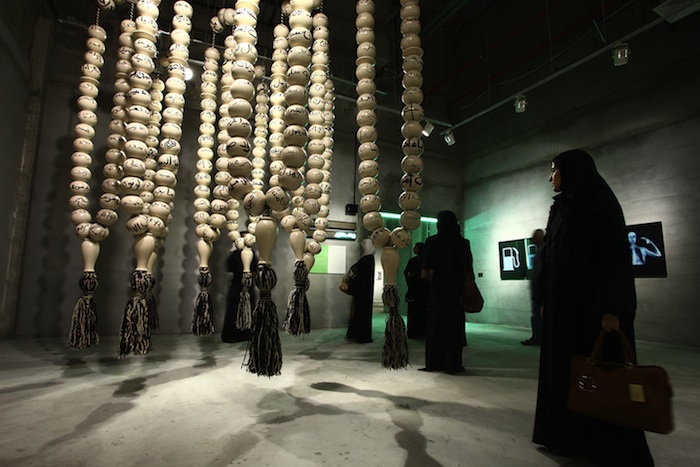




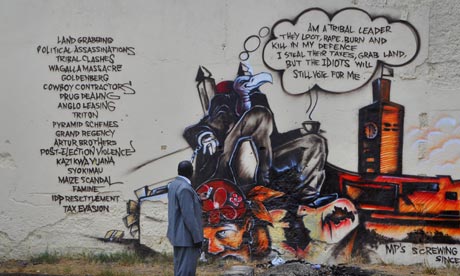

.jpg/800px-Maidan_Nezalezhnosti_(Kiev).jpg)







